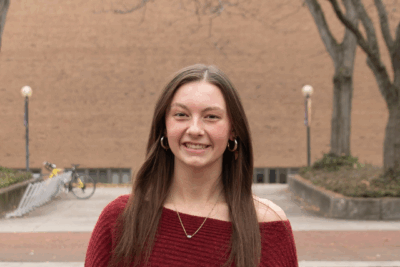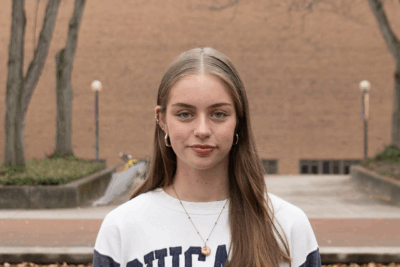The Adirondack park is located in northern New York and contains 6 million acres deemed to be “forever wild.” It contains 3,000 lakes and ponds, 30,000 miles of streams and brooks, and over 2,000 miles of hiking trails. My grandfather purchased land and built a small cabin 25 minutes outside of the park creating the perfect place for me and my siblings to grow up and experience everything the natural world has to offer.
Traveling to the park about three times a year, exploring 4,000 foot mountains and areas with no cell service, all while being innately aware of the world around me, shaped my view of nature and my place in it.While I had the incredible privilege of growing up and frequenting a beautiful, vibrant place like the Adirondacks, it seems like fewer and fewer people are getting out there to care for, and experience, the natural world.
US National Parks were visited 325.5 million times in 2023, according to the National Parks Service. This may sound like a lot of people but how many of them will return to these places to create a relationship and care for them? How many are caring for the land in their own backyards and neighborhoods?
I recently read Braiding Sweetgrass by Robin Wall Kimmerer, a botanist and a member of the Potawatomi First Nations. She has spent her life being conflicted between these two identities, on one hand she is an Indigenous woman, with a strong and emotional connection to the natural world, while on the other hand, she is a scientist, trained to ignore the humanity and relationships in nature, only to focus on scientific data.
Kimmerer is actively trying to work on advocacy for the natural world, to minimize the damages being done by humans and restore areas that have already been affected. In Braiding Sweetgrass, Kimmerer describes ways to start viewing and reshaping individuals’ views on the natural world. She explores the need for a new way to think of restoring the natural world, called “restorative reciprocity.” Restorative reciprocity is all about appreciating gifts and the relationship that is formed while giving and receiving gifts. We see the opposite of this mindset in today’s attitude about the natural world. Humanity takes, takes and takes some more, while giving nothing in return. We can restore our relationship with the world by giving back to it.
My family’s cabin in New York sits on a beautiful 90 acres full of trees and a small babbling creek that sounds like a river in the stillness of night. Our property is visually stunning, but has a hidden problem. Softwood trees, like some types of pines and cedar, grow rampant, overtaking the slower to grow hardwoods, like Oaks and Walnuts. This can create issues for biodiversity and push out other species of trees and foliage. To combat this my family had our property partially logged eight years ago. This left wide open spaces on our property but created an environment for us to plant more hardwood trees and allowed different grasses and smaller plants to grow.
By tending to our land and nurturing it, those small pieces of forest that once had no undergrowth or other tree species are quickly growing into beautiful meadows, with small oak trees well on their way to reaching the sky.
Relationships with the land don’t have to be as complicated as logging a forest and sustainably reforesting it. Kimmerer recommends starting a garden with a couple types of vegetables, such as tomatoes or snap peas. It’s an easy way to give and care for plants and the environment while seeing that it can give back to you.
Seth Smith Kauffman is a senior communication major from Holmes County, Ohio. In his free time he enjoys playing organ, disc golf and climbing.


